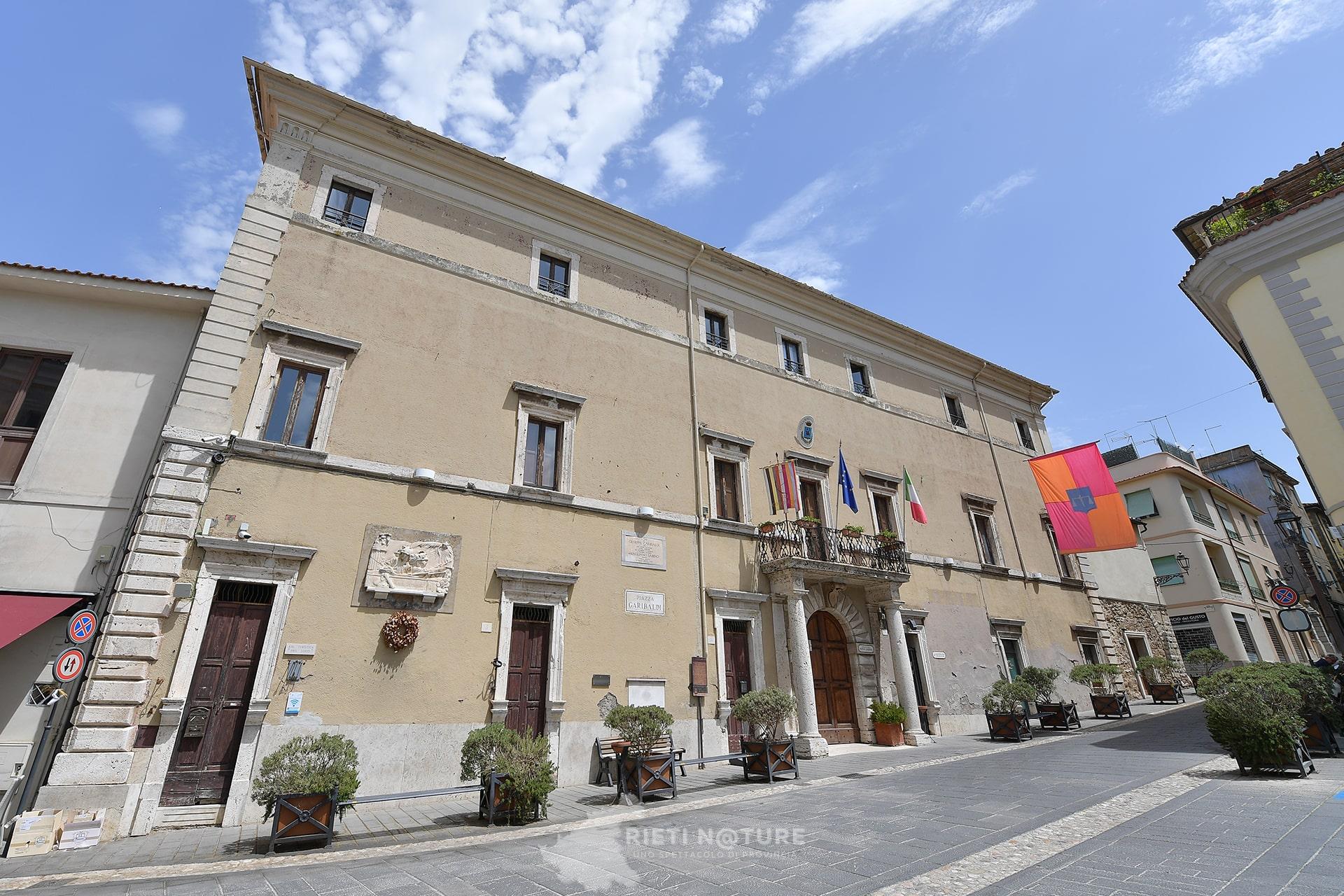
Magliano Sabina
Overlooking the Tiber Valley, Magliano Sabina is linked to Rome through a long history marked by fortunes and reversals. In the past it held the Sabina Diocese and today it still retains its old urban network, enjoying a strategic location due the connection to the railway and the A1 highway.
Population
3.740
Area
44 km²
Altitude
222 m
Where is it?
Magliano Sabina is a crossroads between Lazio and Umbria, located 77 km. away from Rieti, 71 km. from Rome and close to the provinces of Viterbo and Terni. Magliano rises on a hill 222 m. above sea level and, together with the hamlet of Foglia, it counts about 3,700 inhabitants. It is one of the two municipalities of the Rieti province to have direct access to the A1 highway, at the tollgate of Magliano.
What to see?
Magliano Sabina offers visitors a valuable historical and artistic heritage and a view of the Tiber Valley dominated by the Monti Sabini and the Monti Cimini. Just start your visit from the central Piazza Garibaldi, dominated by Palazzo Vannicelli (today seat of the Town Hall) and the Civic Tower annexed to the Bishop's Palace. The Civic Archaeological Museum, housed inside Palazzo Gori, is the perfect place to admire the testimonies of the Sabine civilization. Also worth seeing is the Church of San Pietro, one of the oldest monuments in the town, dating back to the 12th century and still preserving its original Romanesque style. The interior is divided into three naves, marked by five columns on each side of the main nave. Two columns, one of which is twisted, are from the Roman age. In Piazza Duomo stands the Church of San Liberatore, today elected as Cathedral of the Sabines and co-cathedral of the diocese of Sabina-Poggio Mirteto. The façade was built by Alfieri in 1735, but it is believed that the design can be traced back to Jacopo Barozzi da Vignola. The interior has three naves: on the left there are three side chapels and the baptistery, while a fourth chapel is at the end of the nave. The chapels are dedicated to Saint Gregory the Great, Saint Anthony of Padua, the Pietà and the Blessed Sacrament; in the right nave, instead, four concave niches house the altars dedicated respectively to Saint Rocco, the Four Crowned Saints, Saint Dominic and the Nativity. Near Porta Romana stands the Sanctuary of Santa Maria delle Grazie, which houses an impressive proto-Romanesque crypt, characterized by the slightly staggered columns that divide the entrance from the apse.





















